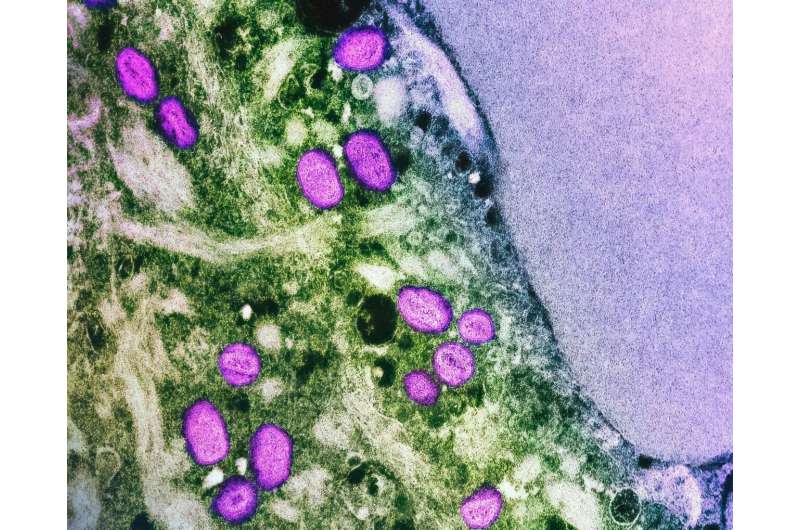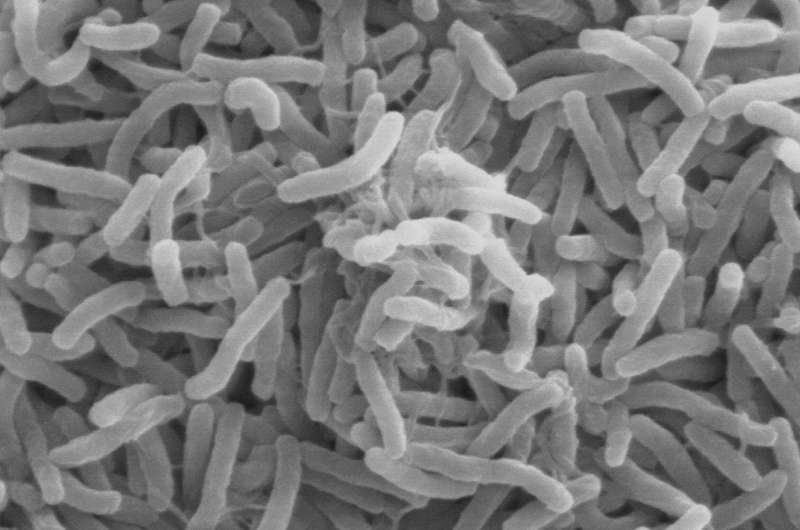Exploring a Tiny Brain Nodule as a Potential Treatment for Drug Addiction: An In-Depth Q&A

Major scientific breakthroughs often stem from unconventional observations. Ines Ibañez-Tallon, a researcher at Rockefeller University, has spent years uncovering the significant role of a small, often overlooked brain region—the habenula—in addiction. This tiny structure, roughly the size of a pea, is a primitive part of the brain that has been around for over 360 million years and influences how we respond to addictive substances.
The habenula acts as a crucial command center, heavily interconnected with other brain regions involved in processing pleasure, motivation, stress, and emotional states. It is densely packed with receptors for opioids and nicotinic signals, which makes it a key player in addiction mechanisms.
Ibañez-Tallon’s research initially focused on nicotinic receptors involved in nicotine dependence. She discovered that genetic variants affecting these receptors correlate with difficulty quitting smoking. Through innovative techniques, her team found that mutations in the nicotinic receptor subunit alpha five (α5) are linked to problematic nicotine consumption. These receptors are concentrated in the interpeduncular nucleus (IPN), a region connected to the habenula.
Further research revealed that the habenula influences the brain's response to addictive substances by modulating neurotransmitters like dopamine, serotonin, and acetylcholine. When nicotine activates this region, it initially causes aversion, but with continued use, that response diminishes, making quitting challenging. Opioids, on the other hand, suppress neural activity in this area, reinforcing dependence and escalating usage.
To counteract addiction, scientists are exploring targeted interventions. One promising candidate is GPR151, an orphan receptor highly expressed in the habenula. Deleting or modulating GPR151 in animal models has shown reduced sensitivity to opioids and nicotine, suggesting that drugs designed to target this receptor could help normalize addictive behaviors.
Currently, efforts are underway to develop ligands—molecules that bind to GPR151—to adjust its activity. The goal is to create medications that lower drug sensitivity, reducing the craving and relapse potential, and possibly aiding individuals to cease their dependence altogether. The research involves screening thousands of compounds, refining promising candidates, and testing their effects in mice and eventually humans.
Beyond addiction, the habenula plays a broader role in motivation, disappointment, and mood regulation. Its dysregulation may contribute to depression, and deep brain stimulation of this region has shown promise for treatment-resistant depression.
Overall, this research highlights how understanding and targeting small, specific brain structures can lead to breakthroughs in treating complex conditions like addiction and depression. The ongoing work offers hope for more effective, precise therapies in the future.
Stay Updated with Mia's Feed
Get the latest health & wellness insights delivered straight to your inbox.
Related Articles
Global Drug-Related Deaths Have More Than Doubled in Three Decades, New Study Reveals
A new study reveals that worldwide drug-related deaths have more than doubled over the past thirty years, despite only a slight decrease in drug use prevalence rates. The research highlights systemic gaps in harm reduction and treatment access that contribute to the increasing health burden. Learn more about this alarming trend and the urgent need for global health interventions.
Angola Reports Over 20,000 Cholera Cases Since January Amid Outbreak
Angola reports over 20,000 cholera cases with more than 600 fatalities since January, highlighting ongoing public health challenges due to poor sanitation and water safety.
Encouraging Outcomes of CAR T-cell Therapy for Leukemia and Lymphoma in Sweden
Swedish research reports improved survival rates and fewer side effects in leukemia and lymphoma patients receiving CAR T-cell therapy, marking a significant advancement in cancer immunotherapy.



